
Researchers analyzed data from 1994 to 2002, and found that the birth defect rate had dropped significantly. The reason why birth defects are more likely to occur in babies conceived with the help of Artificial Reproductive Techniques (ART) is not clear and neither is the reason these birth defects have been less common in the last decade. The research team was still able to make an educated guess, though. Michele Hansen, the lead author of the study and a researcher at the Telethon Institute for Child Health Research in Subiaco, Western Australia, said: "Changes to clinical practice may be largely responsible with improved (laboratory techniques) leading to the transfer of 'healthier' embryos."
Hansen called the research "encouraging". The study which had a reasonably large sample but still focused on only one geographical area still showed that the risk of birth defects was higher among IVF babies than among those who were conceived naturally. The birth defects the research team looked into included heart defects, abdominal and genital malformations, and a cleft lip.


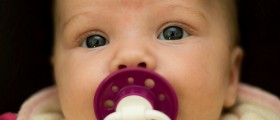



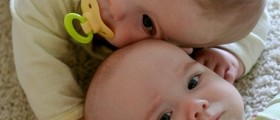
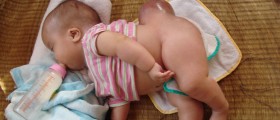


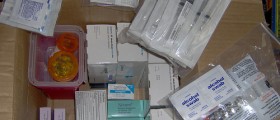


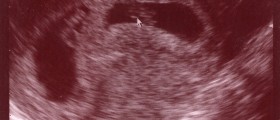



Your thoughts on this
Loading...